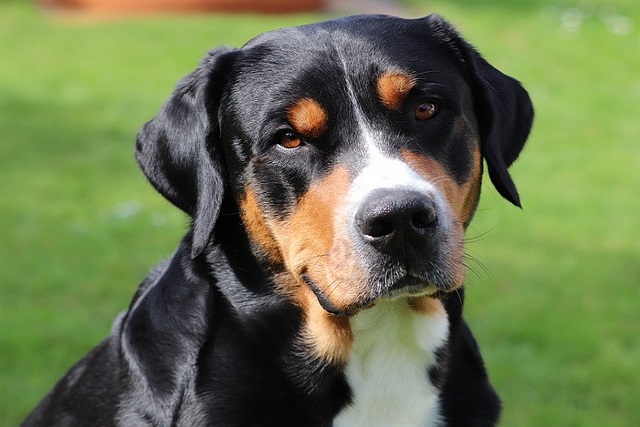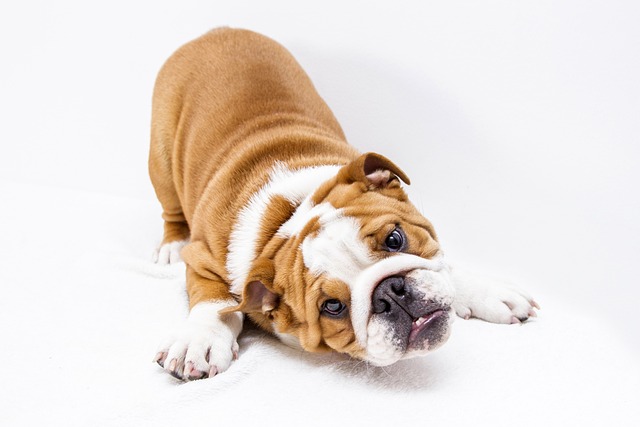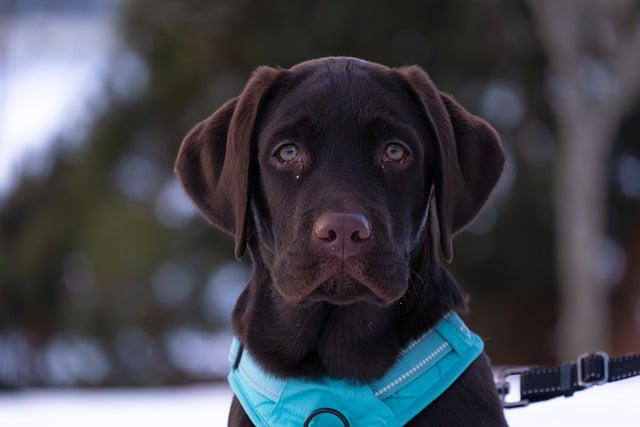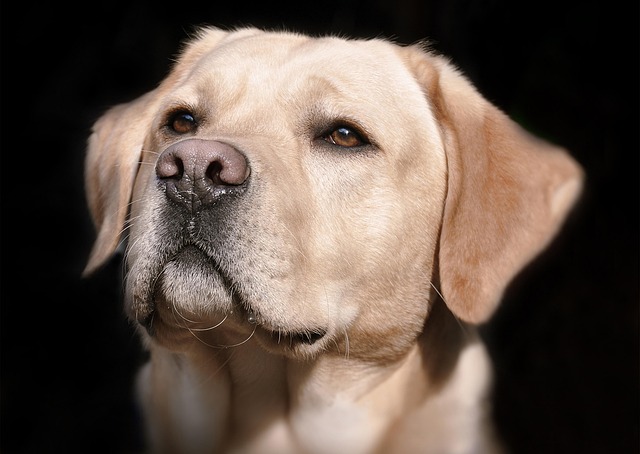
How to treat dry skin in dogs
how to treat dry skin on dogs? If you’ve watched your German shepherd “Rex” scratch his back against the living room couch until tufts of fur stick to the fabric
Discovering your dog limping or licking frantically at their paw is a heart-sinking moment for any new pet parent. Those tough paw pads shield them from hot sidewalks, icy paths, and rough terrain, but they can get cut, burned, or scraped surprisingly easily – maybe from stepping on broken glass during a walk in the park, brushing against hot pavement on a summer afternoon, or encountering sharp gravel. Understanding what to do next is crucial, not just for healing, but also for being a responsible dog owner in our communities. Let's walk through the steps calmly and correctly.
First, gently restrain your pup and examine the injured pad carefully. Look for debris like tiny pebbles or thorns, visible cuts, blisters (often from heat), or signs of excessive redness and swelling. Crucially, check your dog's rabies vaccination status is current before handling any significant wound involving potential blood exposure – this isn't just good practice, it's often a legal requirement. If you find debris, carefully flush the paw with cool, clean running water for several minutes. Avoid harsh soaps or hydrogen peroxide, as these can damage delicate tissue needed for healing. A gentle saline solution or dilute chlorhexidine solution (available at pet stores) is safer for cleaning. Pat the area dry meticulously with a clean cloth. Applying a thin layer of pet-safe antibacterial ointment can help prevent infection before bandaging.

Now, protecting the wound is key. Dogs instinctively lick injuries, but saliva introduces bacteria and hinders healing. Use a clean, non-stick gauze pad over the ointment, followed by a soft wrap like rolled gauze, and secure it loosely with self-adhering vet wrap (avoiding tightness that cuts off circulation!). An Elizabethan collar (the "cone of shame") is non-negotiable to prevent licking – your dog might dislike it, but it’s essential medicine. Remember, positive reinforcement is vital here, especially in cultures like ours where force or intimidation in training is unacceptable and counterproductive. Offer high-value treats and calm praise during the entire process to build trust and reduce stress. Keep initial walks extremely short, only for essential bathroom breaks, and strictly on-leash – even if you have a fenced yard, uncontrolled movement risks re-injury. For apartment dwellers, designate an easy-to-clean bathroom or tiled area as a temporary recovery zone to limit activity and protect carpets.
Monitor the paw closely over the next 24-48 hours. Significant improvement should be visible. However, always prioritize veterinary care if the injury is deep, won't stop bleeding after 5-10 minutes of direct pressure, shows signs of infection (pus, excessive heat, foul odor), involves a chemical burn, or if your dog is in severe pain or can't bear weight. Prevention is always better than cure. Get your dog accustomed to having their paws handled gently from puppyhood using treats, making future first-aid less traumatic. Always carry waste bags on walks – promptly cleaning up after your dog is a fundamental community responsibility, mandated by local ordinances almost everywhere. Be mindful of walking surfaces: test pavement heat with your hand in summer, avoid areas with visible debris, and consider protective balms or booties for extreme conditions. Being proactive about paw care and understanding these responsible ownership practices ensures safer, happier adventures for both you and your furry family member.

how to treat dry skin on dogs? If you’ve watched your German shepherd “Rex” scratch his back against the living room couch until tufts of fur stick to the fabric

What are the crusty flakes on my dog's skin? If you’ve ever run your hand through your schnauzer “Charlie’s” fur and noticed tiny, dandruff-like flakes sticking to your palm

French bulldogs, with their squishy faces and playful energy, are prone to sensitive tummies—diarrhea can strike out of nowhere, leaving you scrambling for solutions. It’s not just messy; it can signal something off in their diet, environment, or health.

Picture this: It’s 95°F in Austin, and your terrier dances awkwardly on hot pavement during your neighborhood stroll. You wonder – could those cute socks from Petco save his paws?

Discovering your dog limping or licking frantically at their paw is a heart-sinking moment for any new pet parent. Those tough paw pads shield them from hot sidewalks

How to improve a dog's coat condition? If you’ve run your hand through your poodle “Luna’s” fur lately and noticed it feels more like straw than silk—dull